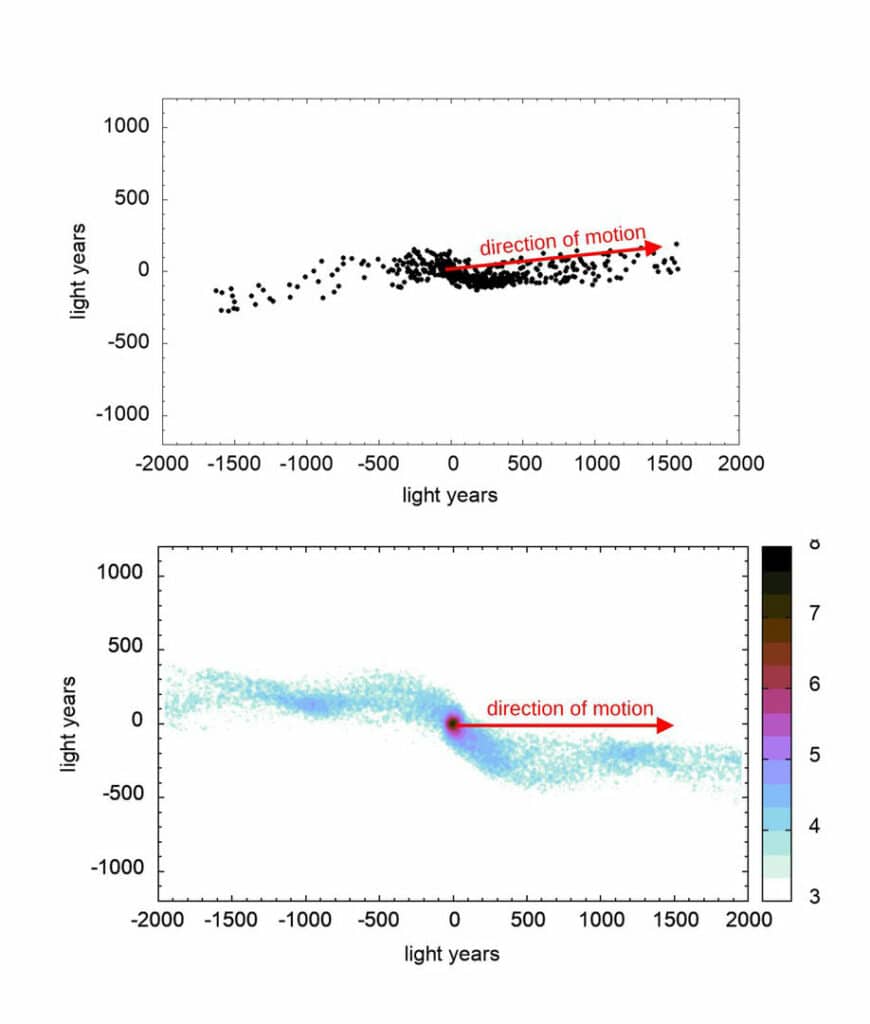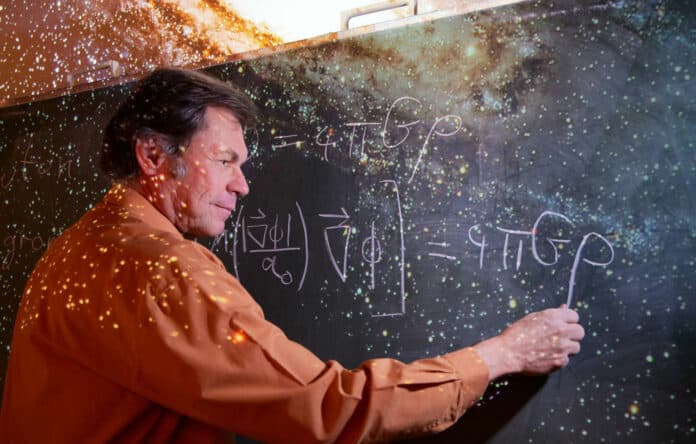Until now, it has been almost impossible to determine from among the millions of stars close to a cluster those that belong to its tails. To do this, you have to look at the velocity, direction of motion, and age of each of these objects.
An international team of astrophysicists has made a puzzling discovery while analyzing specific star clusters, challenging Newton’s laws of gravity. The observations, however, are consistent with the predictions of the alternative theory of gravity. However, this is controversial among experts.
The so-called open star clusters were a topic of study for academics. These are created when a large gas cloud, which contains thousands of stars, rapidly gives birth to stars. The remnants of the gas cloud are blown away when the cosmic arrivals “ignite.” During this procedure, the cluster significantly grows. This results in a loose constellation of a few dozen to a few thousand stars. The cluster is held together by the weak gravitational forces between them.
Prof. Dr. Pavel Kroupa of the Helmholtz Institute of Radiation and Nuclear Physics at the University of Bonn said, “In most cases, open star clusters survive only a few hundred million years before they dissolve. In the process, they regularly lose stars, which accumulate in two so-called “tidal tails.” One of these tails is pulled behind the cluster as it travels through space. The other, in contrast, takes the lead like a spearhead.”
Dr. Jan Pflamm-Altenburg of the Helmholtz Institute of Radiation and Nuclear Physics said, “According to Newton’s laws of gravity, it’s a matter of chance in which of the tails a lost star ends up. So both tails should contain about the same number of stars. However, in our work, we could prove for the first time that this is not true: In the clusters we studied, the front tail always contains significantly more stars nearby than the rear tail.”

By developing a new method, scientists were able to develop a method that allowed her to accurately count the stars in the tails for the first time.
Dr. Tereza Jerabkova, a co-author of the paper, said, “So far, five open clusters have been investigated near us, including four by us. When we analyzed all the data, we encountered a contradiction with the current theory. The very precise survey data from ESA’s Gaia space mission were indispensable for this.”
Kroupa said, “The observational data, in contrast, fit much better with a theory that goes by the acronym MOND (“Modified Newtonian Dynamics”) among experts. Put simply, according to MOND, stars can leave a cluster through two different doors. One leads to the rear tidal tail, the other to the front. However, the first is much narrower than the second – so it’s less likely that a star will leave the cluster through it. Newton’s theory of gravity, on the other hand, predicts that both doors should be the same width.”
Dr. Ingo Thies, who played a key role in the corresponding simulations said, “The results correspond surprisingly well with the observations. However, we had to resort to relatively simple computational methods. We lack the mathematical tools for more detailed analyses of modified Newtonian dynamics.”
“Nevertheless, the simulations also coincided with the observations in another respect: They predicted how long open star clusters should typically survive. And this time span is significantly shorter than expected according to Newton’s laws. This explains a mystery that has been known for a long time. Namely, star clusters in nearby galaxies seem to be disappearing faster than they should.”
Journal Reference:
- Pavel Kroupa et al. Asymmetrical tidal tails of open star clusters: stars crossing their cluster’s práh† challenge Newtonian gravitation. Monthly Notices of the Royal Astronomical Society. DOI: 10.1093/mnras/stac2563
